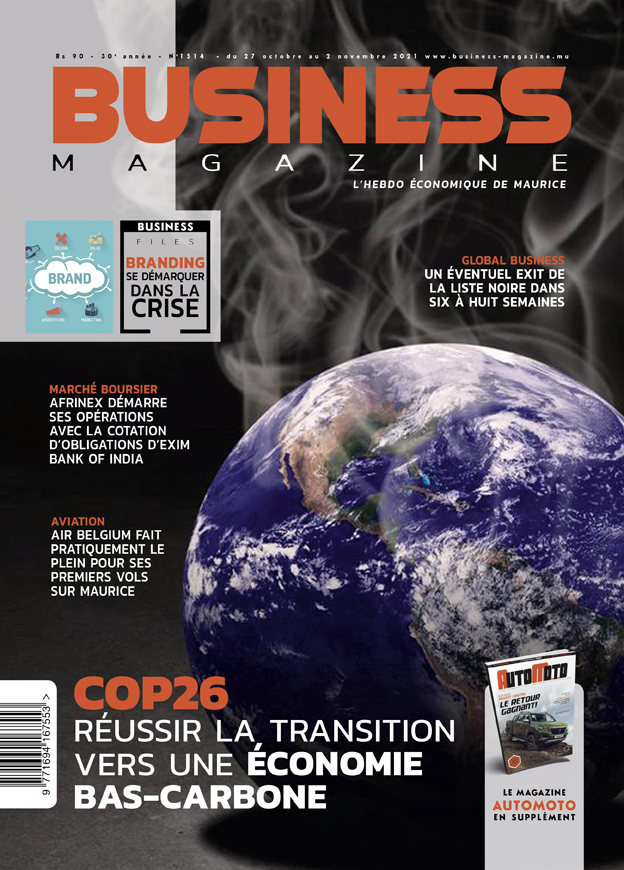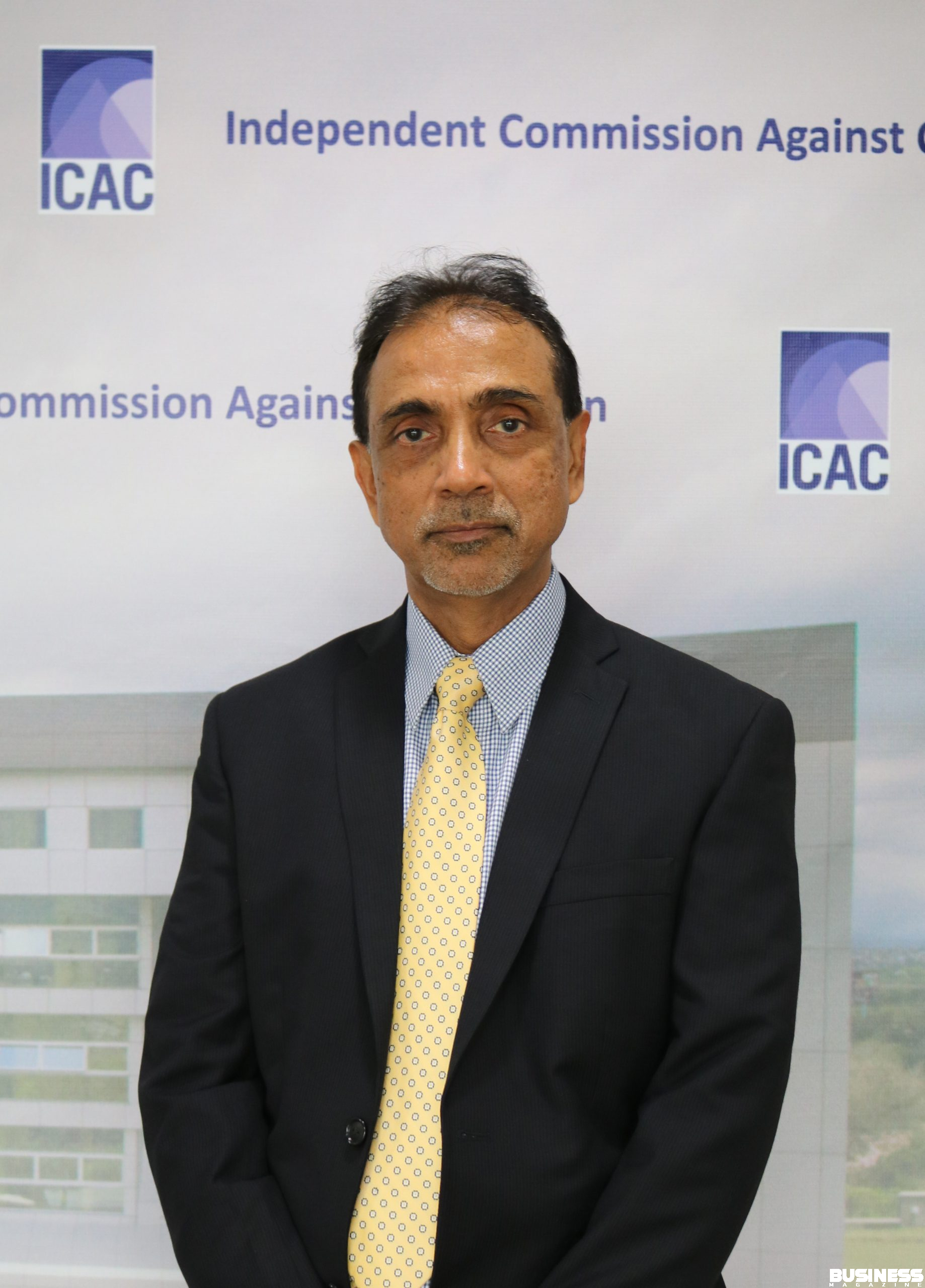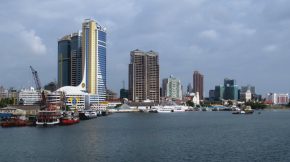Sustainable development: getting it right
Share

By Adam Raman
(Senior lecturer from Kingston University specialising in strategic marketing and sustainability)
Although increasingly recognised as important, there are currently no appropriate strategic theories for organisations to effectively plan their sustainable development strategies. A new network theoretical approach is proposed as an improvement in explaining how sustainability innovations are developed and adopted including the reasons why many projects fail and few s쳮d. This is important for organisations globally and Mauritius as sustainability should play a bigger part in the future development of business with Mauritian initiatives likely to have a global impact due to the interrelatedness of sustainability issues.
Business to Business — Business to Customer — Customer to Customer
Sustainability is currently being addressed at re-educating consumers to consume less and reduce any adverse environmental impact and businesses are being encouraged to develop less environmentally damaging innovative technologies. Although recognised as being important and requiring immediate action the adoption of sustainable innovations have been very slow with very few success stories. The question remains as why is this so?
Be the change you want to see – welcome & embrace change
Radical change process
The adoption of sustainability practices involves a complex, radical change processes requiring time for successful implementation but what is lacking are the reasons for the complexity necessitating radical change. Understanding the underlying complexity could improve managerial understanding improving their strategic planning processes. So far static theories such as stakeholder theory have been limited in their application within sustainable development as it can only identify sustainability attributes likely to affect stakeholders but fails to account for dynamic interactions. Network theory could provide explanations for the complexity and the successes or failures of sustainability initiatives.
The Butterfly effect – appreciate the interlinking complexity
Network theory treats individuals or organisations as actors embedded in relationships with one another. Pre-existing relationships, whether it is the need to share resources, activities or social bonds are essential for actors to interact. The absence of any historical relationships between actors will preclude future interactions likely to severely limit the success of future initiatives. Therefore although contractual agreements may exist between parties it is the trust and loyalty being reinforced through strong tie relational networks amongst actors interacting with each other that is likely to contribute to successful initiatives and it is the absence of such relational networks that could cause such initiatives to fail. Organisations should no longer be viewed as single firms contained within environmental boundaries and should be seen collections of intra and inter organisational relational network of interacting stakeholders (actors). This is pertinent as more organisations outsource their activities and customers are becoming more interested in the suppliers of the organisations they purchase from. With regards to sustainability, strong tie networks are needed for success and actors such as suppliers, customers as well as government, regulators and NGOs need to be considered as having evolving, emergent, dynamic, interactional relationships with an organisation rather than considering them as simply unrelated one off simple transactions. Therefore the presence or absence of strong ties amongst actors is likely to explain success or failure of sustainability initiatives once an idea has entered the network. However, successful networks often hamper the creation of new sustainable ideas as the strong ties between actors in established networks often lack creativity and innovativeness due to set ideas and narrow mindedness amongst actors. Therefore innovative ideas need to come from outside rather than within networks meaning that successful innovations need weak relational ties that must exist between actors across different networks. The presence of weak ties across different networks is what is thought to be the source or of innovative sustainable ideas and the lack of such ties being the reason for their absence.
Procter and Gamble’s “Connect & Develop” strategy where over 45% of their new product initiatives are developed through external collaborations as well as IBM’s and Eli Lilly’s leveraging their development capabilities through collaborations including using their competitors and Dell and HP collaborating to develop standards for recycling IT electronic products and finally one part of the Sustainability Consortium consisting of Unilever, Colgate-Palmolive and Procter & Gamble working together to develop standardised, science-based approaches for measuring, improving and communicating about sustainability are all examples of successful initiatives developed in networks.
Organisations should see themselves as interacting relational networks. The lack of interactional relationships is likely to be the reason for the failure of sustainability initiatives. New sustainability ideas are unlikely to originate within single organisations but are likely to be created by actors interacting through weak ties with other actors in different networks. Once an idea has entered a network strong relational ties are required across all actors for it to become established.
Any comments and feedback from readers are welcome and Adam Raman can be contacted at [email protected]

















